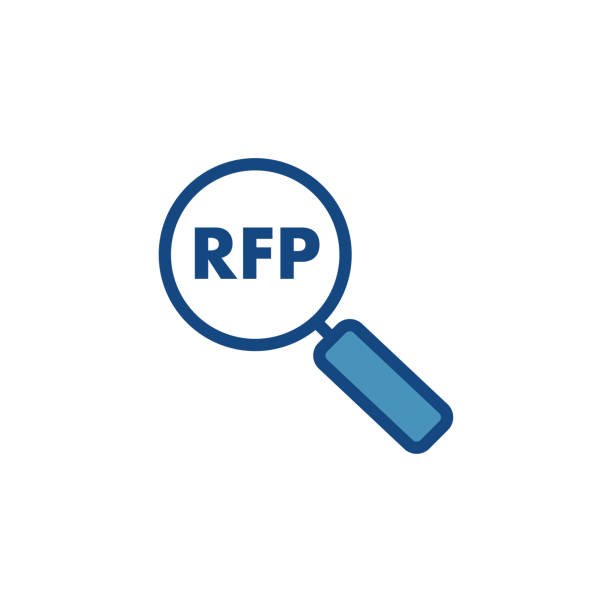The Request for Proposal (RFP) is a common tool used in business to source goods and services. If you’re not familiar with it, or if you think it’s just a way to get your competitors off your back, think again. An RFP is actually an incredibly powerful marketing tool that can help you win new business, attract top talent, and even grow your company. In this article, we’ll explore what an RFP is, and how it can benefit your business. We’ll also give you tips on how to write a successful RFP so that you can take advantage of its power to grow your company.
What is an RFP?
The Request for Proposal, or RFP, is a document that businesses use to solicit proposals from potential suppliers. An RFP can be your company’s way of finding the best possible solution to a problem or it can be a means of gauging interest in purchasing a specific product or service.
An RFP should be clear and concise so that all interested parties can understand what is being asked. It should also be accurate and up-to-date so that the companies responding know exactly what is being offered. Remember, you want to make sure that any potential suppliers feel like they are getting an equal chance to win the contract.
To create an effective RFP, you’ll need to understand what makes a good proposal or you can contact an RFP writer. First and foremost, make sure that your target market feels like you’re considering them fully. Include information about your company and the product or service being offered, as well as any special conditions or requirements associated with the project. Be sure to include pricing information and any other pertinent details needed by potential suppliers.
Finally, make sure that your RFP is delivered in a clear manner. Make sure all required documents are included (such as specifications) and follow standard formatting guidelines when printing out the document or submitting it electronically. This will help ensure that everyone responding understands your request for proposals.
What Are The Different Types of RFPs?
There are three main types of RFPs:
- Request for Proposal (RFP)
- Request for Information (RFI)
- Quotation
What Are the Benefits of Using an RFP Writer?
When you hire an RFP writer, you’re getting someone who has experience drafting and reviewing requests for proposals (RFPs). This type of writer is typically well-versed in the different parameters required by contract buyers, from the wording of an RFP to the specific needs of a certain industry.
A skilled RFP writer can help streamline your procurement process and make sure that all of your requirements are met. Additionally, using an RFP writer can help save you time and money. By having someone who understands the intricacies of an RFP, you can avoid spending time and resources on tasks that could be handled more easily by a professional contractor.
How Much Does It Cost to Hire an RFP Writer?
An RFP writer is an important part of any business, and for good reason. An RFP writer can help you identify and attract the best possible deals from potential customers or partners.
There are a few things to consider when hiring an RFP writer. First, make sure you have a clear idea of what you want your RFP to accomplish. Second, be sure to specify the level of expertise you need. Finally, be prepared to pay for quality work.
While price is obviously an important factor when hiring an RFP writer, don’t forget about other factors like experience and response time. If you’re looking for someone who will be able to produce high-quality documents on short notice, look for someone with experience in this field. Likewise, if you’re looking for someone who will respond quickly to your requests, choose a writer with great turnaround times.
What Should You Expect From Your RFP Writer?
RFPs (requests for proposals) are commonly used business documents. An RFP writer is responsible for drafting, preparing, and distributing RFPs. The key responsibilities of an RFP writer include:
- Drafting the RFP: The first step in creating a successful RFP is writing it correctly. A good RFP will be specific, clear, and concise. The writer should also ensure that the language is formal without being too bureaucratic.
- Preparing the Submission Package: After the draft has been written, the next step is to prepare a submission package that includes all of the necessary information for submitting an offer. This can include copies of materials or websites that may be referenced in the proposal, as well as any attachments or appendices required by the requesting company.
- Distributing and Handling Submissions: Once all submissions have been received. The next step is to evaluate them and make a decision on which proposal to accept. This process can be time-consuming. So it’s important to have an organized system for handling submissions and tracking changes/requests along the way.
Conclusion
Requests for proposals (RFPs) are one of the most common forms of business communication. Whether you’re a small business owner trying to get more contract work. Or an organization looking to outsource some of your administrative tasks. A good RFP will help you attract the right talent and get the best deal for your company. Before you write your first RFP, though. Be sure to understand what it is and what it means for your business. This article can give you a starting point for understanding what an RFP is and how to write one that will be successful.
